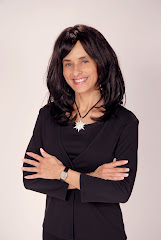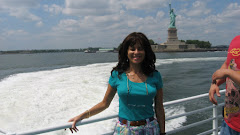London 2012 Olympics: Saudis allow women to compete
 King Abdullah has long been
pushing for women to play a more active role in Saudi society
King Abdullah has long been
pushing for women to play a more active role in Saudi society
Saudi Arabia is to allow its women
athletes to compete in the Olympics for the first time.
Officials say the country's Olympic Committee will "oversee participation of women athletes who can qualify".
The decision will end recent speculation as to whether the entire Saudi team could have been disqualified on grounds of gender discrimination.
The public participation of women in sport is still fiercely opposed by many Saudi religious conservatives.
There is almost no public tradition of women participating in sport in the country.
Saudi officials say that, if successful in qualifying, female competitors would be dressed "to preserve their dignity".
In practice this is likely to mean modest, loose-fitting garments and "a sports hijab", a scarf covering the hair but not the face.
For the desert kingdom, the decision to allow women to compete in the Olympics is a huge step, overturning deep-rooted opposition from those opposed to any public role for women.
As recently as April, the indications were that Saudi Arabia's rulers would accede to the sensitivities of the religious conservatives and maintain the ban on allowing women to take part.
But for the past six weeks there have been intense, behind-the-scenes discussions led by King Abdullah, who has long been pushing for women to play a more active role in Saudi society.
'Subtle reform'
In secret meetings in Jeddah, officials say a consensus was reached in mid-June between the king, the crown prince, the foreign minister, the leading religious cleric, the grand mufti and others, to overturn the ban.
An announcement was ready to be made but then had to be delayed as the country marked the sudden death of Crown Prince Nayef.
"It's very sensitive," a senior Saudi official told the BBC. "King Abdullah is trying to initiate reform in a subtle way, by finding the right balance between going too fast or too slow.
"For example, he allowed the participation of women in the Shura council [an advisory body] so the Olympic decision is part of an ongoing process, it's not isolated."
The official acknowledged that to refuse to let women take part would have looked bad on the international stage.
"Partly because of the mounting criticism we woke up and realised we had to deal with this. We believe Saudi society will accept this," the official said.
It is not the first time a Saudi monarch has backed a controversial reform against domestic opposition.
King Faisal, who introduced television in the 1960s and was eventually assassinated, insisted on introducing education for girls.
Today, Saudi women graduates outnumber their male counterparts.















.jpg)
.jpg)



